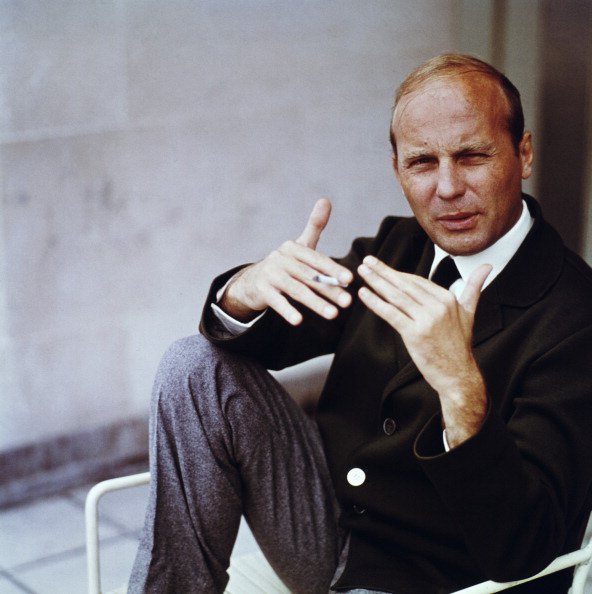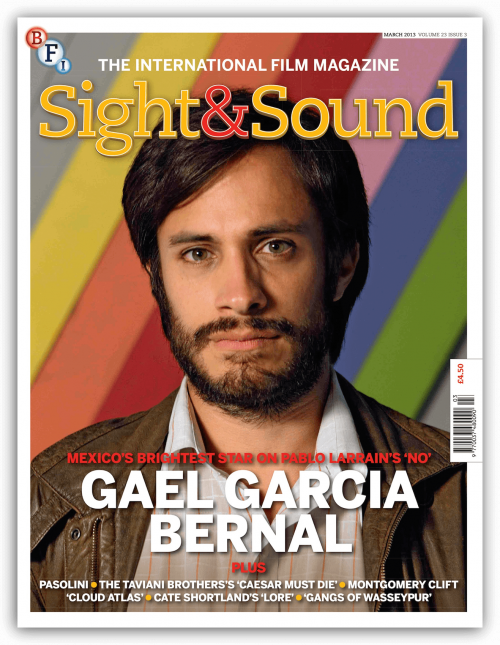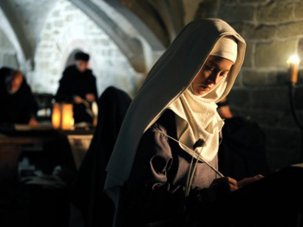Web exclusive

Credit: Getty Images
In a lecture given in 1975, German composer Henze spoke of his lifelong relationship with theatre. “My music is impelled towards gesture, concreteness, visualisation,” he said. “It sees itself as drama, as something that inwardly belongs to life, and could not exist in tidy abstinence or in the private domestic realm.”
Although his operas, ballets and works for music theatre far outnumber his film scores, Henze’s affinity for drama and visual narrative also resulted in notable soundtracks for Volker Schlöndorff, Alain Resnais and Bill Douglas.
He was born in 1926 in Guterslöh, Westphalia, and began his studies in music during the Second World War. Some decades later, he wrote eloquently of this period, describing the small gestures of cultural rebellion essential to him and other young people living under the Nazi regime. While librarians circulated books by banned authors such as Bertolt Brecht and Frank Wedekind, Henze and fellow students sought out contraband composers. Working as a wireless operator after being drafted into the army, Henze recalled secretly tuning into music by Igor Stravinsky, Alban Berg and Arnold Schoenberg.
Henze took part in the first summer school at Darmstadt, the dynamic centre for avant garde music that sprang up soon after the war. However, by 1953 he had left Germany for Italy, where he would spend the rest of his life. Throughout the 1950s he composed prolifically for ballet and opera, with works including Elegy for Young Lovers, with a libretto by WH Auden, a radio opera of the Kafka story A Country Doctor and Maratona di Danza, a jazz-influenced ballet directed by Luchino Visconti.
In 1963, Resnais’ Muriel, ou le Temps d’un Retour was the first film to which Henze contributed music. His score, for voice and varied, often highly contrasting groups of instruments including classical guitar, is unsettled and unsettling from the start, foreshadowing the film’s fragmentary middle section in which the story splinters into multiple perspectives and its theme of unreliable, repressed memories comes to the fore.
For Volker Schlöndorff’s debut feature Die Junge Törless (Young Torless, 1966), Henze composed a contemporary score using early instruments such as hurdy-gurdy and viola da gamba, resulting in music that sounds at once recognisable and alien, like folk tunes or military tattoos gone ominously askew. Schlöndorff wanted the rough-sounding timbres to reflect the ‘unfinished’, potentially brutal natures of his young characters, and it is hard to watch and listen to this allegory of youthful cruelty without thinking of Henze’s own experiences during wartime.
He and Schlöndorff would collaborate again on The Lost Honour of Katharina Blum (1975), Schlöndorff and Margarethe von Trotta’s adaptation of Heinrich Boll’s novel which tapped into German paranoia about terrorism after the unrest of the late 60s. The downbeat, almost mundane look of this film is given a sympathetic gravitas by Henze’s solemn orchestral score.
The film’s political stance reflected the commitment Henze increasingly brought to his art: most famously, his 1968 oratorio The Raft of the Medusa, which he envisaged as a requiem to Che Guevara, caused outrage at its premiere. He touched upon the tension between avant-garde music and revolutionary politics in a number of essays.
Douglas’s Comrades (1986) was the last film to feature Henze’s music, although he was to continue composing well into this decade, his final work being the 2007 opera Phaedra. Comrades’ sound-world gives its 19th-century setting a contemporary urgency. The story of the Tolpuddle Martyrs is animated by diegetic folk music and Henze’s percussion-heavy and starkly modern score, the influence of which can perhaps be heard in Jonny Greenwood’s striking soundtrack for There Will Be Blood (2007).
Also in the March 2013 issue of Sight & Sound

Obituaries 2012
Bob Mastrangelo’s survey of the film greats and lesser-knowns who left us during 2012, with new obituaries of Herbert Lom, Sylvia Kristel, Yamada Isuzu, Seyfi Teoman and child actors of the silent era.





